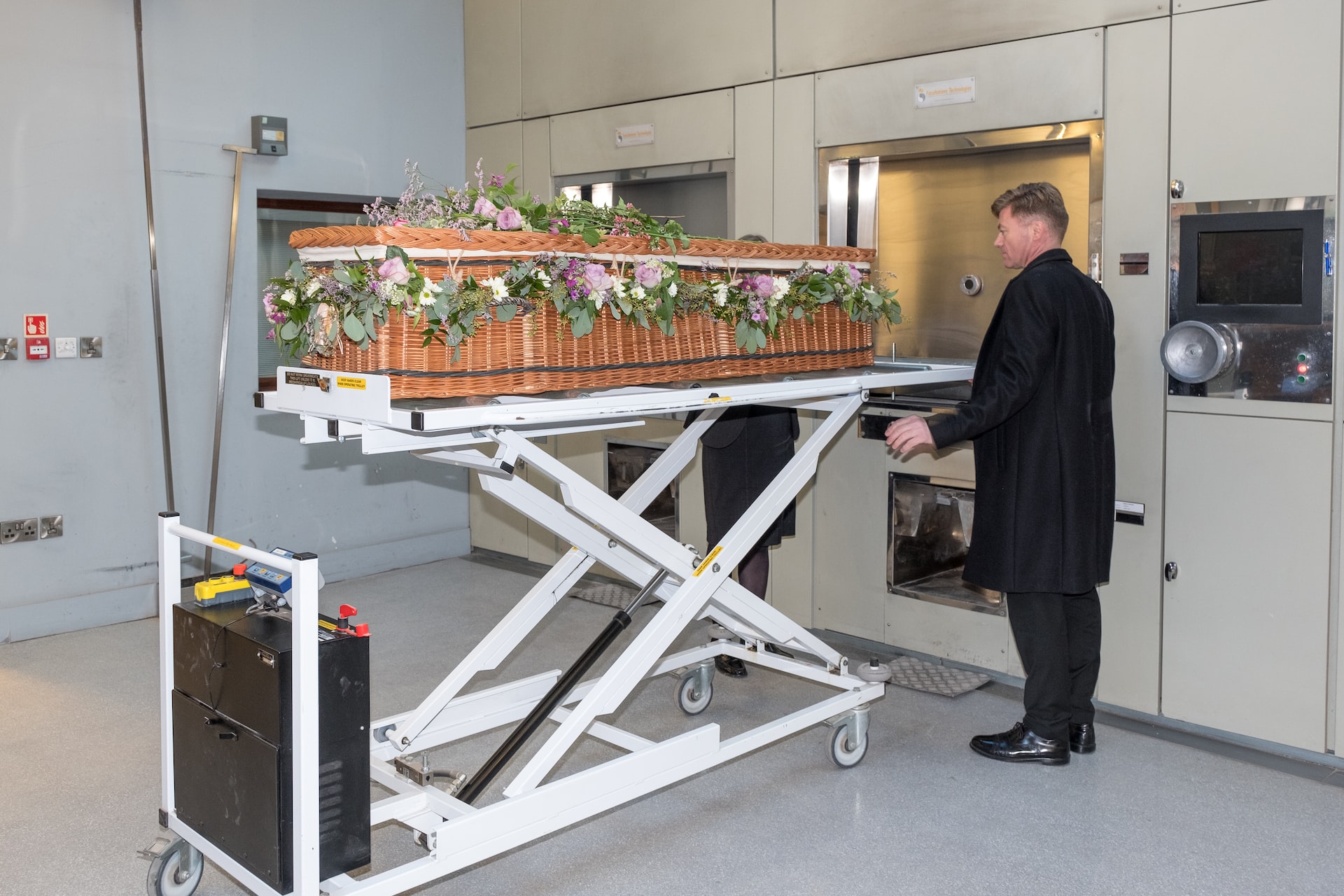
Cremation is a form of funeral practice with a long history. But recently, people have become more accepting of the process and choose to practice the method instead of having a traditional burial. There are many reasons why people have chosen to switch to cremation.
One reason is that it is less expensive than a traditional burial. Cremation also allows for more flexibility regarding the final disposition of the remains. The ashes can be scattered, buried, or even kept in an urn. But which types of cremation can people choose? Here are some ideas.
Direct cremation is the simplest form of cremation. It involves the cremation of the body without a public viewing or funeral service, usually right after death. The body is typically transported to the crematorium in a simple container.
Direct cremation is the most inexpensive method of cremation. It is also one of the most popular choices as it is ideal for people who do not want to see their loved ones’ bodies. It also works well for people who do not want a lot of fanfare for their funerals.
Alkaline hydrolysis, also known as resomation, is an environmentally friendly alternative to traditional cremation. During alkaline hydrolysis, the body is placed in a chamber filled with water and lye solution.
The chamber is then pressurized and heated to around 350 degrees Fahrenheit, causing the body to break down into its parts, including proteins, fats, carbohydrates, and DNA. The process typically takes approximately four hours.
The cremation process is a personal decision. Both direct cremation and liquid cremation have pros and cons. Direct cremation is typically less expensive than traditional cremation and liquid cremation and a more suitable choice for families who keep the ashes.
On the other hand, liquid cremation is more environmentally friendly than traditional cremation and direct cremation, and the result is less dense and easier to spread or scatter. However, remember that liquid cremation is not yet accepted in all states.
The cremation process involves more than simply lighting a fire and burning the body. The process usually takes about two hours and involves using a cremation chamber, or retort, where the body is placed.
The chamber is heated to a temperature between 1,400 and 1,800 degrees Fahrenheit, and the body is reduced to its basic elements, called cremains. The cremation process is simple, but it is essential to remember that it is a form of body disposal and should be treated with respect.
Cremation has many advantages over traditional burial. The most obvious benefit is that it is less expensive than a conventional funeral. It also allows for more flexibility in terms of timing and location. Families can choose to have a memorial service at any time and place.
Another advantage of cremation is that it is more environmentally friendly than burial. When a body is cremated, there is no need for a casket or a grave liner, and the cremains can be scattered or stored in a biodegradable urn.
Cremation is a popular choice for families looking for a less expensive and more flexible alternative to traditional burial. It is also more environmentally friendly. However, no matter the decision, remember that the choice should be the best for the dearly departed.
Ashes to Ashes is one of the best funeral homes offering cremation services in Los Angeles. Clients can choose among packages for direct cremation services in Palm Springs, available 24/7. Call us today to make the arrangements for your loved one, and allow us to simplify the process for your family.